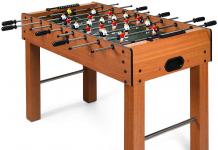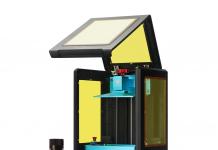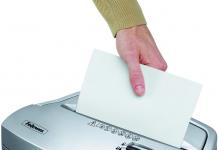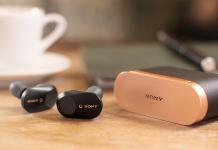Styluses are a much appreciated aid when using photo editing apps on tablets, or on touchscreens, in general. They’re even great for gaming, so we can see why Microsoft decided to make digital pens so much better.
Bill Buxton and Microsoft Principal Researcher Ken Hinckley assembled a team with members of Microsoft Research (MSR), as well as researchers from Cornell University and the University of Manitoba, in order to create a unique stylus that diminishes the gap between humans and computers. The ultimate goal of this project was to increase the interaction between the digital pens and the touchscreens and to make sure that the hand’s dexterity is acknowledged and exploited by the stylus.
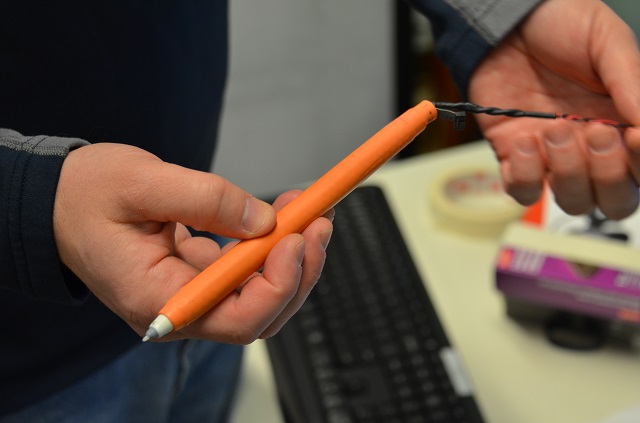
Buxton pointed out that “There’s a reason Picasso used a paintbrush instead of finger painting all the time, just as there’s a reason a dentist uses precise drills, which are basically just specialized styluses, as opposed to a chisel. The fingers and hands have this absolute dexterity, both alone, such as when you pinch and zoom on a touch screen, but also through tools that you hold in your hand. So when we think about a stylus, it’s just another long, skinny tool that we can do amazing things with.”
Sure, tapping on touchscreens has become something natural, especially for the newer generations, but it’s still the use of tools and instruments that makes us so good at what we are. When using Microsoft’s self-aware stylus, apps will be able to tell whether you’re holding it with your right or left hand, and whether it’s held as paintbrush or as a pencil. This is exactly what makes this digital pen extraordinary, as it is capable of adjusting its functionality depending on how you’re holding it.
Hinckley added: “Our goal was to factor out the interface and provide as simple an experience as possible. So throughout the process we kept asking ourselves, ‘how do we use this understanding of device grip and orientation to add new possibilities, but without drowning the user in more complexity?'”
Let’s just hope that Redmond doesn’t leave this as a concept and that it actually intends to implement the technology into a marketable product. It could come with future Surface Pro tablets, or it could be offered as an individual accessory for tablets. Considering Microsoft’s recent love for other operating systems, I wouldn’t mind if a version of this smart stylus compatible with Android was offered, that is, assuming that developers are willing to add the necessary code to assure the functionality of the device.
Be social! Follow Walyou on Facebook and Twitter, and read more related stories about the Adobe’s cloud-enabled hardware Projects Might and Napoleon, and Microsoft’s Universal Mobile Keyboard that brings together Windows, Android and iOS.


